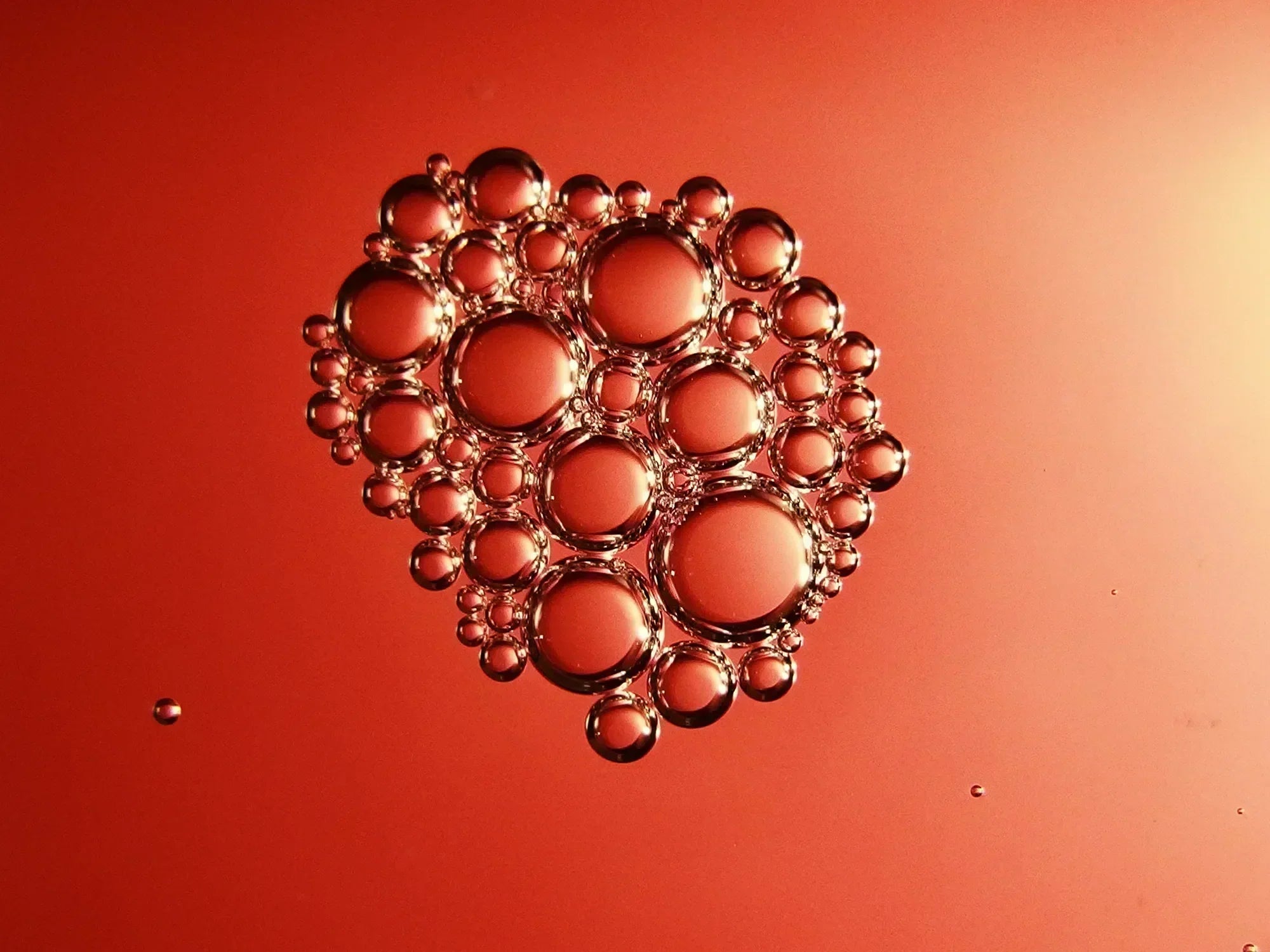Why GHK-Cu Became the Most Talked-About Peptide in Cosmetic Research
It’s blue, it binds copper, and it has quietly dominated cosmetic peptide discussions for decades. GHK-Cu sits at the crossroads of skin regeneration, collagen synthesis and wound-repair research — a small molecule that continues to inspire new studies and new interest across the world’s labs.
Key takeaways
- Signature colour, serious science: the vivid blue tone of GHK-Cu comes from its copper complex — the same feature that gives it relevance in oxidative-stress and tissue-repair research.
- Cross-disciplinary interest: dermatology, biomaterials and regenerative biology teams all study the tripeptide for matrix and angiogenesis endpoints.
- Research endurance: first identified in plasma in the 1970s, GHK-Cu still appears in new PubMed papers every month, spanning both cell and animal models.
What researchers measure
Laboratory studies on GHK-Cu typically revolve around collagen expression, elastin and matrix remodelling. In cultured dermal fibroblasts, assays quantify pro-collagen I/III and matrix metalloproteinases (MMP-1, MMP-9) alongside their inhibitors (TIMPs). Hair-focused groups explore anagen-phase maintenance and dermal papilla signalling, while wound-model work assesses re-epithelialisation speed, angiogenesis markers such as VEGF or CD31, and inflammatory cytokine profiles.
Study snapshots
- Dermal matrix: elevated collagen and elastin synthesis with balanced MMP/TIMP ratios have been reported in multiple fibroblast studies. PubMed search
- Hair models: ex vivo follicle cultures test GHK-Cu for effects on anagen length and dermal papilla cell proliferation. PubMed search
- Wound repair: planimetric and histological measures track closure rate, angiogenesis and tissue quality in copper-peptide-treated models. PubMed search
Quick reference table
| Domain | Example endpoints | Typical readout |
|---|---|---|
| Dermal matrix | Pro-collagen I/III, elastin, GAGs | qPCR, ELISA, histology |
| Matrix turnover | MMP-1/MMP-9 vs TIMPs | Western blot, zymography |
| Hair models | Anagen %, shaft thickness, β-catenin signalling | Organ culture imaging, DPC assays |
| Wound parameters | VEGF, CD31, re-epithelialisation rate | IHC, planimetry, histology |
Handling & documentation
- Format: lyophilised powder, sealed sterile vial with product ID and lot number.
- Storage: keep in a cool, dry, dark environment; avoid moisture and light exposure.
- After reconstitution: prepare immediately before planned work; store short-term at controlled temperature; record details in lab notes.
- Documentation: QR on label links to batch data and chromatogram for traceability.
Further reading
- Skin/dermal matrix — review searches
- Hair follicle/dermal papilla — review searches
- Wound parameters & angiogenesis — review searches
Internal links
- GHK-Cu — research material
- How to read an HPLC chromatogram — QC guide
- Peptide storage & handling — lab SOP
Updated: 20 Oct 2025
Tide Labs supplies materials strictly for laboratory research use only. Not for human consumption.







